As LGBTQ2S+ people around the world gain greater visibility, it’s only natural we seek to memorialize and honour our history with monuments. But that effort comes with a responsibility to be accurate and inclusive. What’s considered remarkable at one point in history can be embarrassing later; what was once traumatic can be commemorated as a sign of resilience and a warning to future generations.
In Canada, for example, the LGBT Purge Fund this spring unveiled the design for Canada’s National LGBTQ2S+ Monument, which will be dedicated to the thousands of queer and trans members of the Armed Forces, RCMP and federal public service who were, from the 1950s to the mid-1990s, discriminated against by the government and often fired from their jobs. Following a visioning process sourcing feedback from queer survivors, historians, community advocates and Indigenous peoples, the monument is expected to open in downtown Ottawa in 2025. The centrepiece of the landscaped park will be a large cylinder, called Thunderhead, with the shape of a thundercloud hollowed out of its centre, allowing people to enter and look up at mirrored tiles reminiscent of disco balls.
Meanwhile, earlier this spring, the City of Toronto and the business association for the city’s gay village quietly pulled down and dumped a statue that had been erected in 2005 to commemorate Alexander Wood, a Scottish businessman and magistrate who came to Upper Canada in 1793. He owned the land in what’s now the Toronto gay village, and is considered by some history buffs to perhaps have been gay or bi. In 1810, Wood became embroiled in controversy when rumours spread that he allegedly inspected the genitals of male suspects in a sexual assault investigation. Though the statue was lauded when it went up 17 years ago, the investigation story sounded, at best, creepy to some. Evidence that Wood may have been involved in funding a residential school—a system of oppression against Canada’s Indigenous people that the country is currently reckoning with—also diminished the sense that he was an icon.
Even though monuments to LGBTQ2S+ people, history and culture are a modern phenomenon (Amsterdam’s Homomonument, opened in 1987, is considered to be the first), it’s clear that the idea of what they should be is already evolving. All the more reason to see them with an open heart and a critical eye.
Here are our picks of the world’s most important and compelling monuments dedicated to queer and trans people.
Stonewall National Monument, New York City, New York
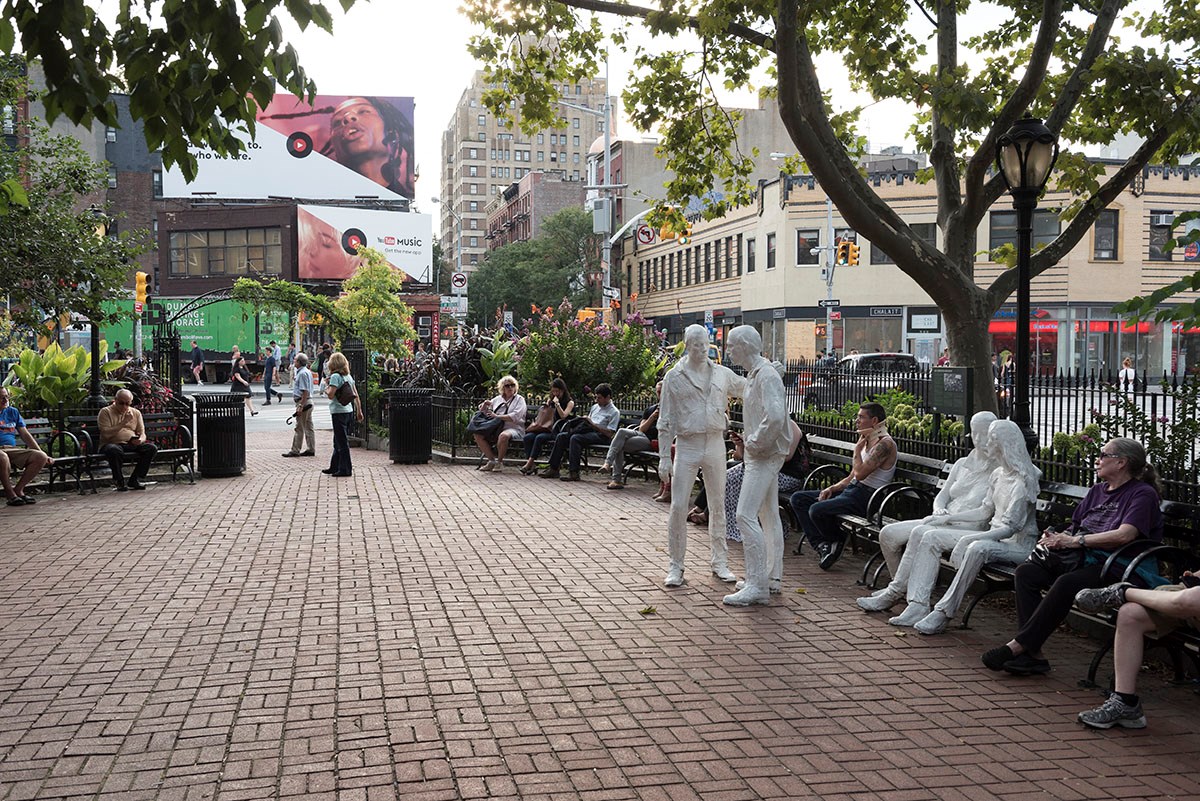
Credit: National Park Service
New York’s 1969 Stonewall Uprising, the world’s best-known queer protest, is commemorated at the Stonewall National Monument. Designated in 2016 as America’s first national LGBTQ+ monument, the site includes the buildings that housed the Stonewall Inn and Christopher Park, which is right across the street.
In the early hours of June 28, 1969, queer and trans patrons of the Stonewall Inn rioted and protested against arrest and police violence when they raided the gay bar there. The site became a queer mecca, even as the original bar closed and the building housed, over the years, a bagel shop, a Chinese restaurant and a clothing store. In 2007, the building’s current managers reopened the Stonewall Inn as a gay bar that hosts musicians, drag shows, trivia, cabaret and karaoke while celebrating the site’s history.
In Christopher Park is “Gay Liberation,” a public art piece featuring four life-size bronze statues painted white: a standing gay couple and a seated lesbian couple. Originally completed by artist George Segal in 1980, “Gay Liberation” was defaced by homophobic vandals when it was on display in Stanford, California, then Madison, Wisconsin, before its New York installation in 1992. The statues have been celebrated for their elegiac and understated depiction of two affectionate queer couples existing in public space like everyone else.
Partly in answer to suggestions that the statues white-wash Stonewall’s history by neglecting the uprising’s racial diversity and trans protesters, in 2019, New York City officials promised a memorial to trans activists Marsha P. Johnson and Sylvia Rivera that has yet to be installed. In the meantime, activists like Eli Erlick and Jesse Pallotta protested by installing their own temporary bust of Marsha “Pay No Mind” Johnson in August 2021.
Homomonument, Amsterdam, Netherlands
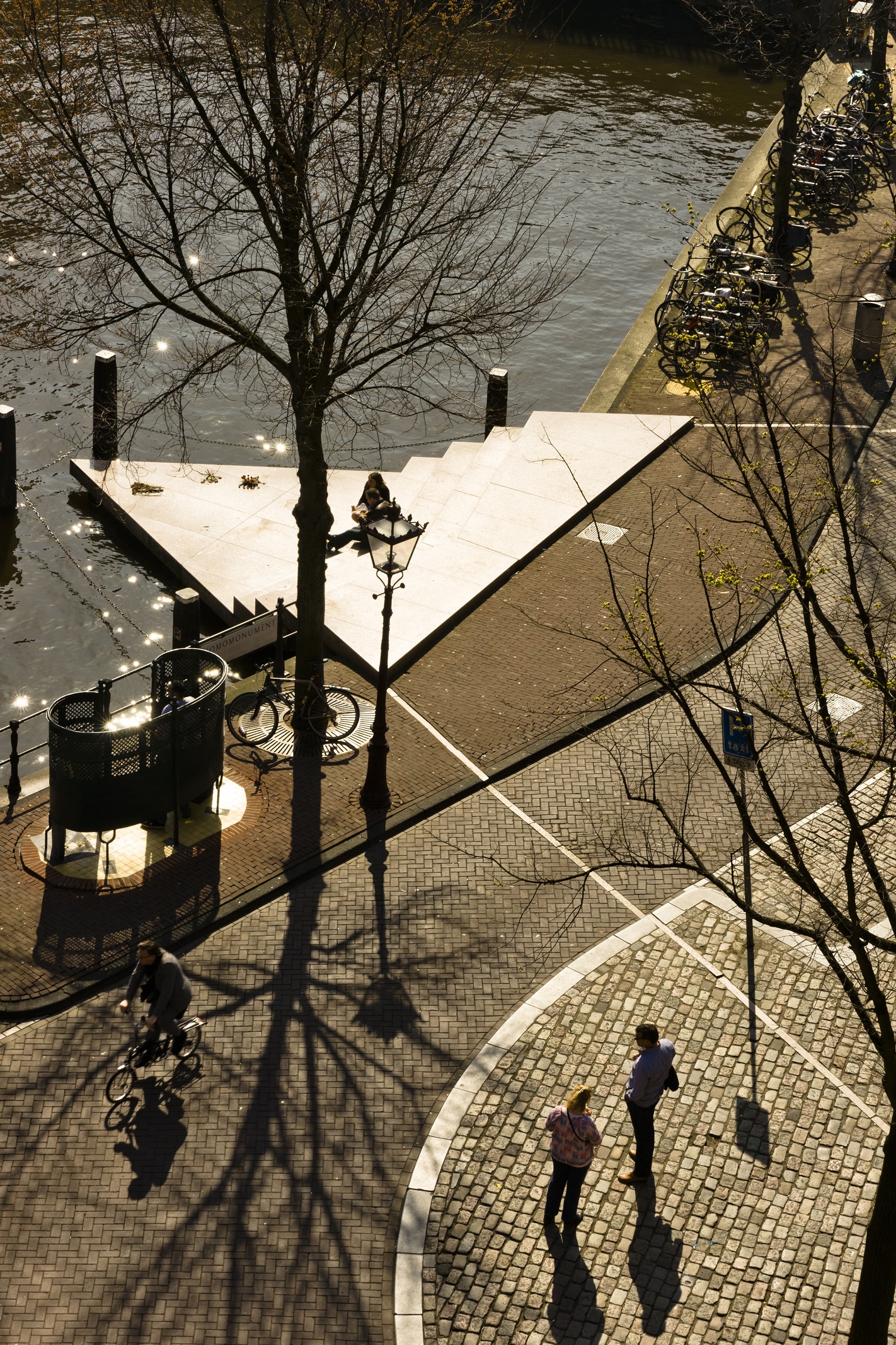
Credit: Henri Blommers Fotografie Redactioneel/amsterdam&partners
Considering that Nazi persecution of homosexuals was the worst episode of systematic government-supported anti-gay violence in written history, it’s no wonder that it’s the subject of many contemporary queer memorials and monuments. The pink triangles homosexual men were forced to wear in Nazi concentration camps during the Holocaust were eventually reclaimed during the gay liberation movement of the 1970s and 1980s, when queer people started using the pink triangle as a symbol of solidarity and defiance.
The pink triangle has also become a common reference point for memorials that commemorate the Nazi persecution of queer people. The Netherlands installed the world’s first in 1987 with Amsterdam’s Homomonument. The monument is composed of a large triangle whose three points form separate triangles representing the past, present and future. One triangle points to the National Monument for victims of the Second World War, another to the Anne Frank House and the third to the headquarters of COC (a Dutch LGTBTQ+ rights group founded in 1946, the world’s oldest existing queer organization). Adjacent to the Homomonument is Pink Point Amsterdam, a kiosk that provides information about the monument and Amsterdam’s vibrant queer life.
Similar pink triangle memorials exist around the world, from Israel to Australia.
Transgender Memorial Garden, St. Louis, Missouri
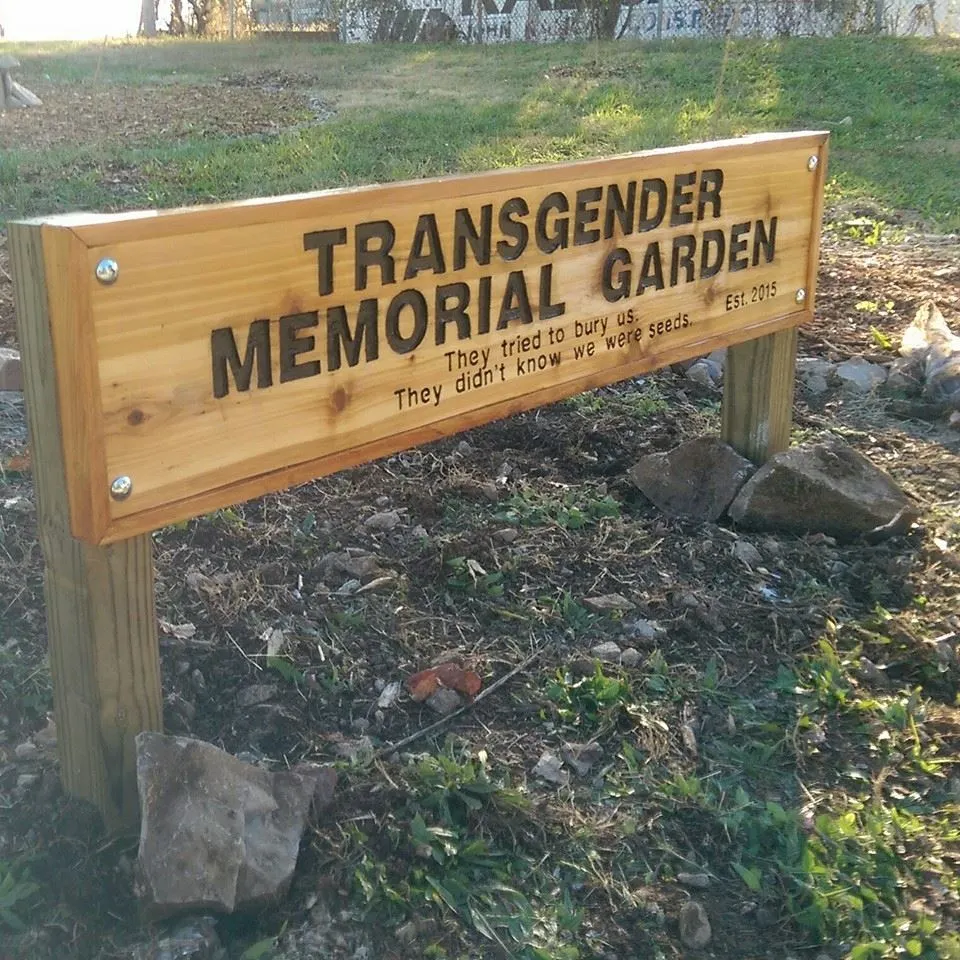
Credit: Sign by Jarek Steele
As a response to the disproportionate amount of violence faced by trans people, the trans community in St. Louis, Missouri, stepped up to create a memorial garden dedicated to the memory of trans people lost to violence and a celebration of their lives, the only such memorial in the United States.
Jordan Braxton, a local chef and trans activist, came up with the idea for the Transgender Memorial Garden when she saw online posts from Plant4PeaceSTL, encouraging citizens to plant trees to foster unity and create spaces for reflection. St. Louis’ Metro Trans Umbrella Group partnered with Plants4PeaceSTL to acquire a vacant plot, collect donations and design the space. The garden opened on October 18, 2015, in a ceremony attended by trans politician Caitlyn Jenner.
Located in St. Louis’ gaybourhood, known as The Grove, the triangular-shaped green space is plotted with trees, wildflowers and native perennials meant to draw butterflies, symbols of the trans experience. On a wooden sign there’s a quote from Macedonian poet Dino Christianopoulos: “They tried to bury us. They didn’t know we were seeds.”
The Trans Memorial Garden is a regular gathering place on the Transgender Day of Remembrance, and for community vigils. On August 27, 2017, a vigil for murdered transwoman Kiwi Herring was disrupted when a motorist drove into the crowd and left three people with minor injuries. Yet St. Louis’ Trans Memorial Garden remains as strong and inspiring as the community that built it.
Memorial to the Persecuted Homosexuals Under National Socialism, Berlin, Germany
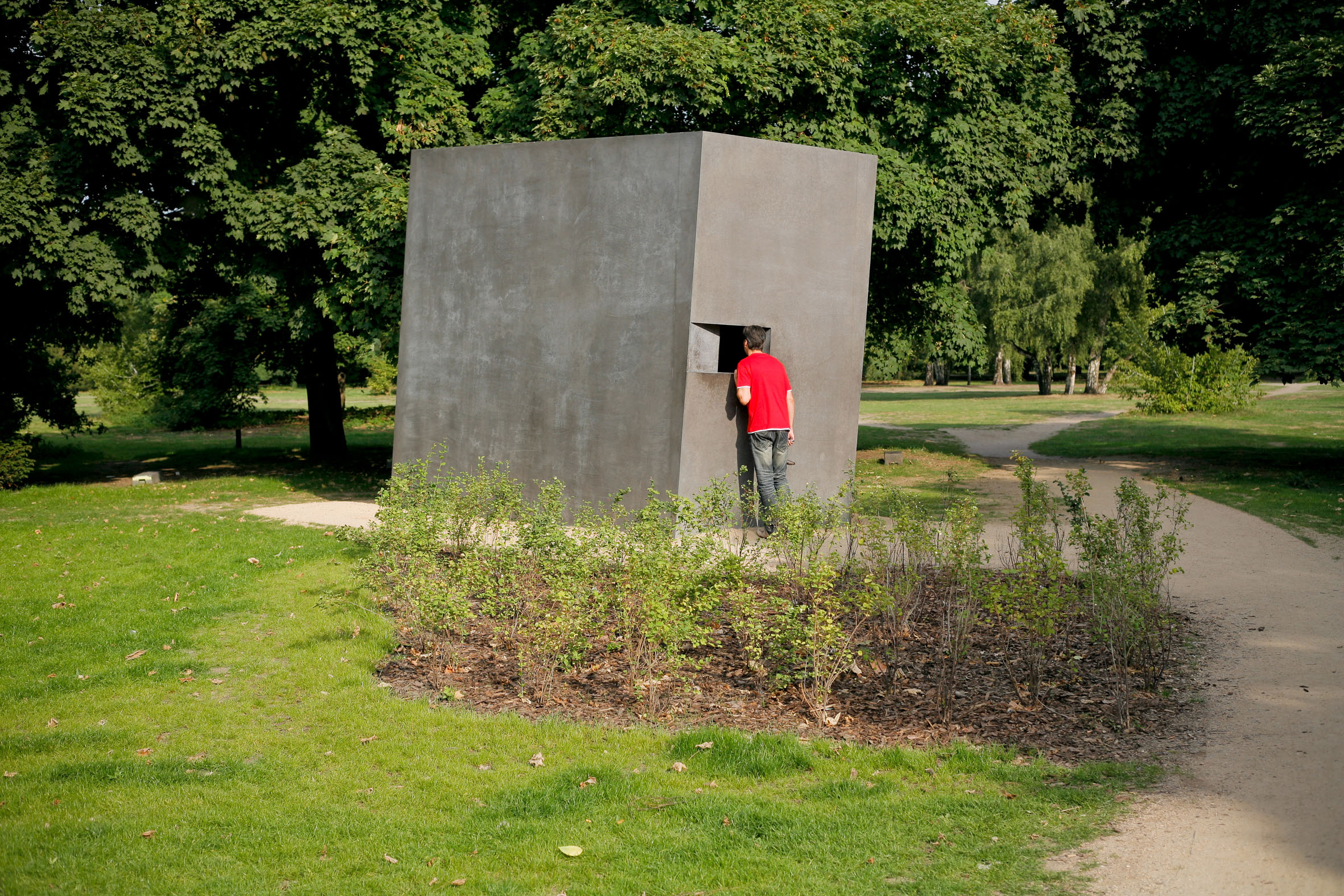
Credit: Marko Priske/visitBerlin
Berlin has a long gay history, starting with it being the home of the world’s first gay rights organization, founded in 1897 by Magnus Hirschfeld. Over the next 20 years, the city was a queer mecca, attracting the likes of Marlene Dietrich, Christopher Isherwood and Claire Waldoff. The Nazis brought a devastating yet temporary end to Berlin’s queer life during the Holocaust. Since the Second World War, the city has again become a gay mecca, particularly after 1969, when Germany decriminalized homosexuality.
Berlin has many LGBTQ+ attractions to see, including Berghain and KitKatClub nightclubs, and gaybourhoods like Schöneberg and Kreuzberg. And then there’s history. Opening in 1985, the Schwules Museum (Gay Museum) curates an extensive collection of queer artifacts and art from around the world with exhibits on protests, drag queens, fetish, photography, performance art and more.
But if you are able to visit only one site in Berlin, visit the Memorial to the Persecuted Homosexuals Under National Socialism, which opened in 2008. Consisting of a shed-sized concrete cube, there’s a window visitors can look through to see a film representing same-sex love: one year it might be two men kissing; another, two women. The memorial stylistically echoes the dark grey slabs that form the Memorial to the Murdered Jews of Europe, which is a five-minute walk away, but adds an element of moving queer subversion.
My Heart Beats Like Yours, São Paulo, Brazil
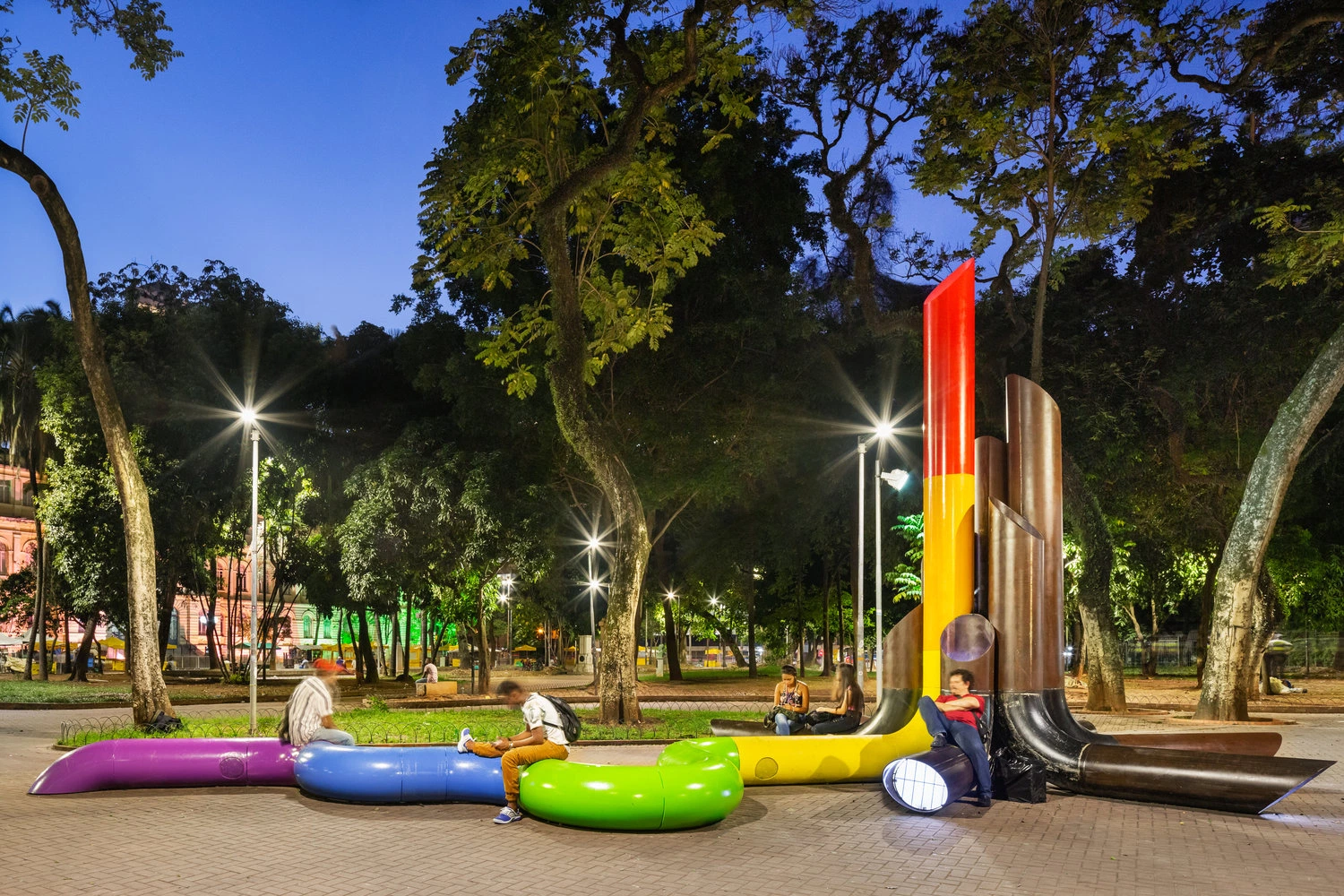
Credit: Estudio Guto Requena
While Europe and the United States have the largest share of the world’s queer monuments, they’re not wholly representative of the diverse queer and trans experience. Instead of focusing on Nazi persecution or queer uprisings, South America’s LGBTQ+ monuments reflect on today’s experiences of bigotry and violence and the need to support queer people in the here and now.
Located in São Paulo, the most populous city in South America, and home to the world’s largest Pride parade, My Heart Beats Like Yours is a bright and powerful tribute to the struggles of LGBTQ+ people. The artwork, completed in 2018, is made from large, colourful metal cylinders in the shape of an arrow that visitors can sit on and interact with. The cylinders are rigged with sound equipment that transmits audio recordings of LGBTQ+ activists talking about their identities and experiences with discrimination, while also transmitting the sounds of the activists’ heartbeats recorded as they told their stories. Those heartbeats are synced with nighttime lights.
My Heart Beats Like Yours is a unique monument and an extraordinary generator of empathy, which is especially powerful in light of Brazil’s high rate of anti-LGBTQ+ violence.
Pink Triangle Park and Memorial, San Francisco, California
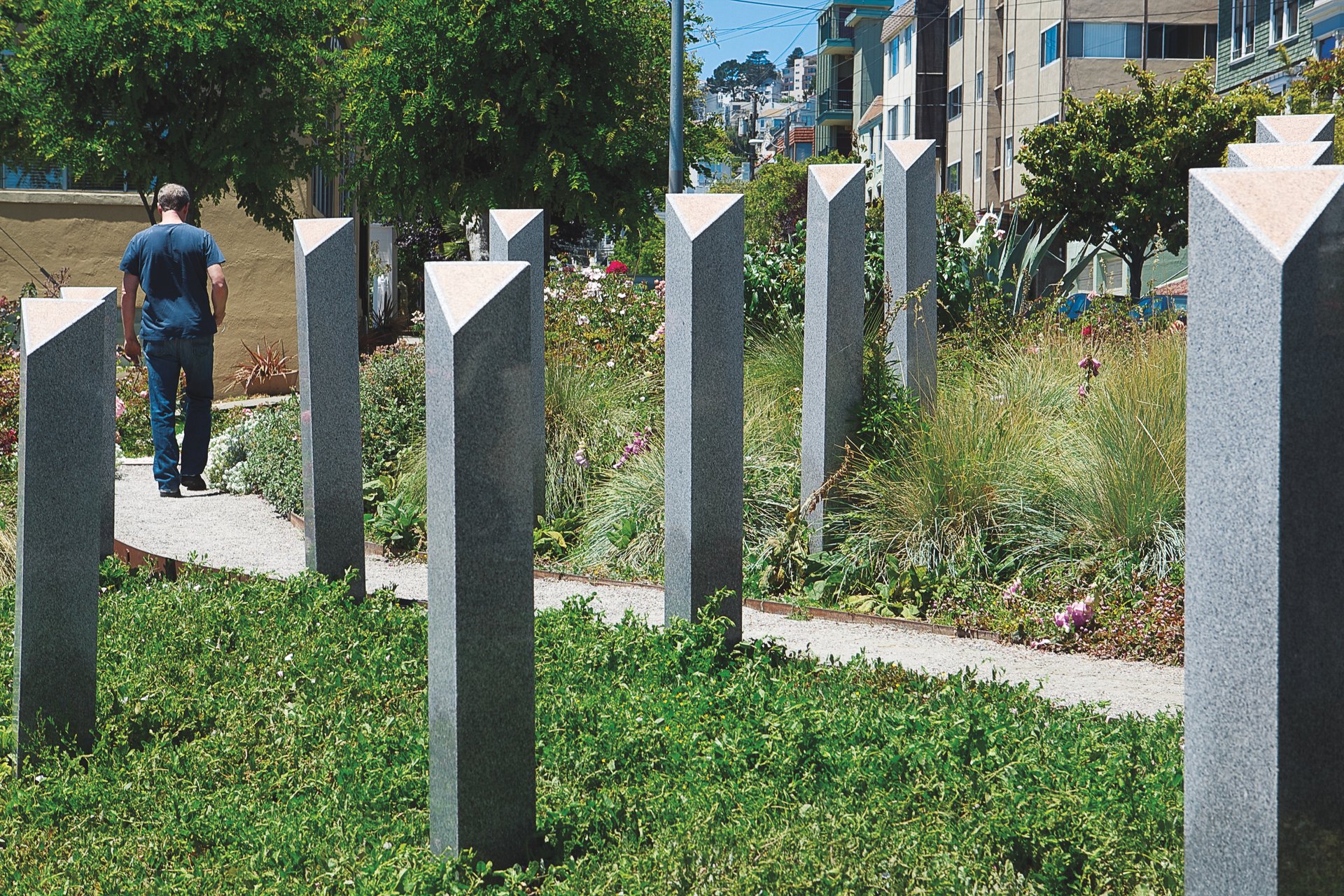
Credit: Courtesy of San Francisco Travel Association
Any list of queer monuments is incomplete without San Francisco, a hub for queer community, culture and activism for more than a hundred years. San Francisco’s first gay bar, called The Dash, opened in 1908, and today the city is home to countless queer venues and events.
A walking tour might start with Harvey Milk Plaza at the corner of Castro and Market streets, the heart of the city’s iconic gaybourhood, and named after the third elected openly gay politician in the United States. Here there’s the Rainbow Honor Walk, a walk of fame celebrating deceased and notable LGBTQ2S+ people from around the world. From there, visitors can stop by the Castro Theatre, Most Holy Redeemer Church, Twin Peaks Tavern, Castro Camera, the GLBT Historical Society Museum and the Pink Triangle Park and Memorial. It’s the first American memorial dedicated to homosexuals persecuted by the Nazis, and is composed of 15 pink-and-grey granite pylons representing the victims. Among plots of pink rose bushes, there’s also a large pink triangle made of rose quartz stones. Visitors are invited to take a single stone as a token of remembrance and to help spread a message of love and peace—the interactiveness makes the memorial particularly unique.
Not far from the Castro is the Transgender Cultural District, which in 2017 became the world’s first legally recognized trans district. Located in the Tenderloin neighbourhood, the district aims to create an urban environment fostering and empowering trans people, their history and culture. A plaque marks the former location of Compton’s Cafeteria, where trans people and drag queens rioted against police harassment in 1966, three years before Stonewall.
Sackville Gardens, Manchester, U.K.
Located across the water from Canal Street, Manchester’s gay village, and the setting of the original Queer as Folk series, Sackville Gardens has, in fact, three monuments connected to queer and trans lives.
The first is the Alan Turing Memorial. Turing worked with the British government during the Second World War to help break the Nazi Enigma cipher, and he also designed the world’s first computers. In 1952, law enforcement prosecuted Turing for homosexual acts, which were illegal at the time. Turing accepted a barbaric hormone treatment as an alternative to prison and died from suicide two years later. The memorial pays clever tribute to Turing’s legacy while acknowledging his persecution. A seated statue of Turing holds an apple—a reference to Sir Isaac Newton, forbidden fruit and the suspected means of Turing’s death—and the statue’s bench is engraved with “Founder of Computer Science” encoded in the Enigma cipher.
The gardens’ Beacon of Hope is the UK’s only permanent memorial to those who’ve died during the HIV/AIDS crisis. Three stone plinths—representing youth, maturity and the process of growing old—guide visitors from the Tree of Life, planted on World AIDS Day in 1993, toward the Beacon, an illuminated metal column that sits atop a time capsule full of messages to loved ones affected by HIV/AIDS; the messages are sometimes updated during World AIDS Day ceremonies.
The Transgender Memorial is an old sycamore tree with flying butterflies carved into it. People meet there for Transgender Day of Remembrance and on Manchester’s Sparkle Weekend, an annual celebration of gender identity held each July.
The Legacy Walk, Chicago, Illinois
Chicago is home to America’s first officially recognized gay village, an area of Northalsted informally nicknamed Boystown. Visitors to Northalsted will notice the 10 Rainbow Pylons, each about the height of four stacked refrigerators, along North Halsted Street. These pylons are part of the Legacy Walk, the world’s only outdoor LGBTQ2S+ history museum.
Planning for the Legacy Walk started in 1987, when the National March on Washington for Lesbian & Gay Rights and the first public showing of the AIDS Quilt inspired Chicago’s LGBTQ+ community to find an accessible way to commemorate queer history. Inaugurated in 2012, each pylon has a bronze plaque commemorating the lives and accomplishments of LGBTQ+ activists, writers, artists, athletes and musicians from the United States and around the world.
For city-specific queer history, head to the Henry Gerber House, a brick row house that was once the headquarters of the U.S.’s first gay rights organization and home to its founder, Henry Gerber.
A German immigrant born in 1892, Gerber served in the United States Army as part of the Allied occupation of Germany from 1920 to 1923, and while there he participated in Germany’s thriving gay subculture. Upon returning to Chicago in 1924, Gerber took inspiration from activist and sexual researcher Magnus Hirschfeld and founded the Society for Human Rights (SHR). SHR aspired to promote gay rights and published the first gay publication in the United States, Friendship & Freedom. SHR collapsed months after its founding when Gerber was arrested for obscenity.
Designated a National Historic Landmark in 2015, the owners of the house have restored it; visitors can’t go inside, but can view its exterior and read a commemorative plaque.
Oscar Wilde statue, Dublin, Ireland
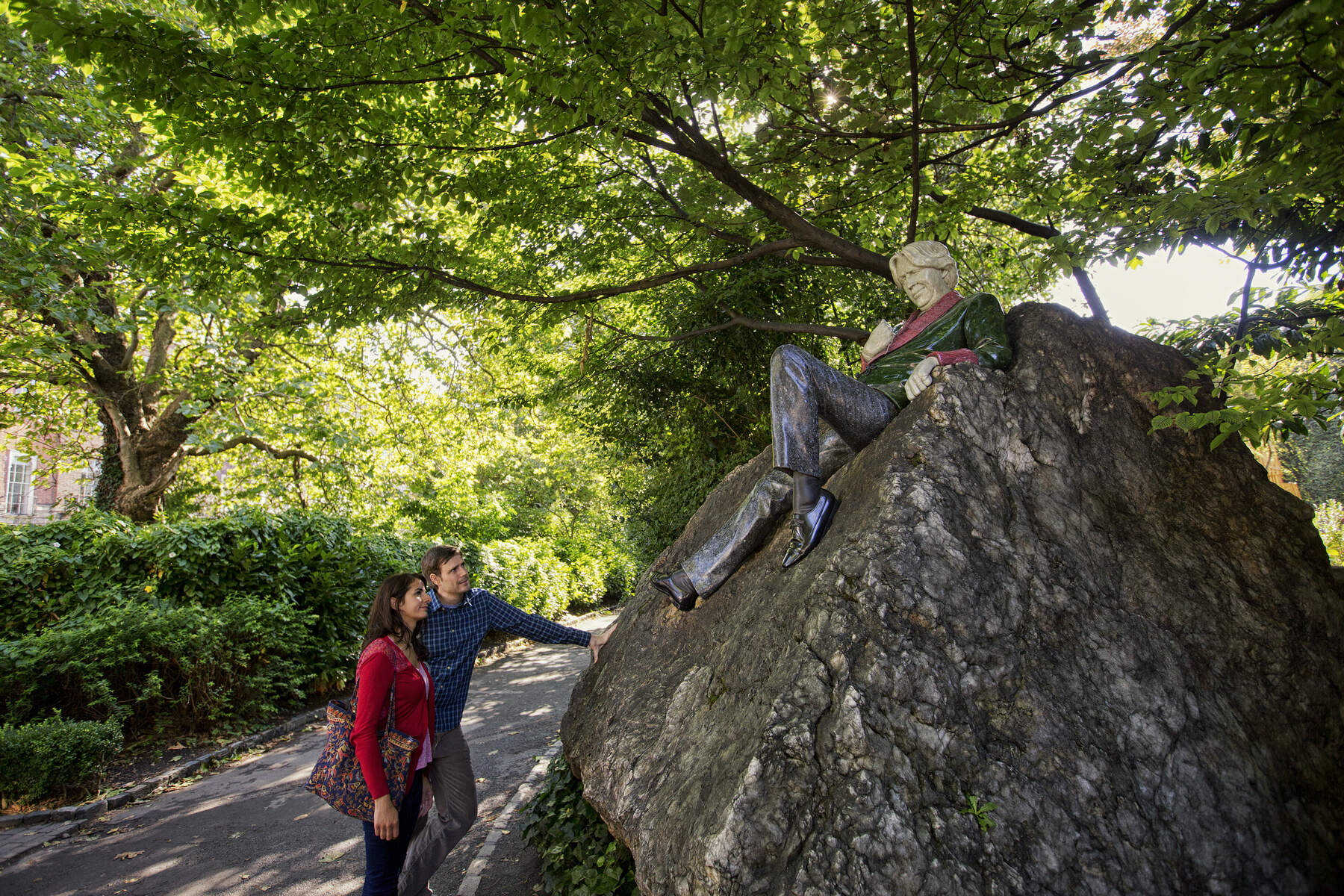
Credit: Courtesy of Fáilte Ireland
An Irish poet and playwright, Oscar Wilde gained fame in the Victorian world for such works as The Picture of Dorian Gray and The Importance of Being Earnest, and for celebrating art and beauty for their own sake. In 1895, at the height of his success, a libel suit revealed Wilde’s penchant for the “love that dare not speak its name.” Wilde spent two years in prison for gross indecency and died in poverty from meningitis in 1900. He’s become emblematic of a certain kind of gay charm and cleverness.
The Oscar Wilde statue most worthy of a pilgrimage can be found reclining on a boulder in Dublin, across the street from Wilde’s childhood home in Merrion Square Park. Unveiled in 1997, the Oscar Wilde Memorial Statue depicts the writer wearing a suit of green jade and pink thulite as he gazes back at visitors with an expression that’s half sombre, half smiling. Wilde is flanked by two other figures: a serene pregnant nude of his wife, Constance Lloyd, and a torso of Dionysus, the Greek god of wine, festivity and theatre. It’s a colourful encapsulation of Wilde’s witty personality, his life and tragic downfall.
Other Wilde sites abound. His tomb, located in Paris’ famed Père Lachaise Cemetery, was commissioned by Wilde’s literary executor, friend and lover Robert Ross, and completed in 1914. Taking inspiration from Wilde’s poem “The Sphinx,” the front of the imposing rectangular marker features a sensual sphinx, which once had large testicles that were broken off the sculpture in 1961. The tomb has also been damaged by a tradition of visitors kissing the tomb and leaving a lipstick-stain mark; a barrier was installed by the Irish government (though it’s located in France, it’s considered Irish heritage) in 2014 to protect the stone.
Paris bonus: check out a plaque along Rue Montorgueil dedicated to Jean Diot and Bruno Lenoir, two ordinary labourers who were, in 1750, the last Frenchmen executed for homosexuality.
Memorial for the Diversity of Chile, Santiago, Chile
The Daniel Zamudio Memorial for the Diversity of Chile, located in the General Cemetery of Santiago, Chile, commemorates a historic incident of anti-gay violence. On March 2, 2012, four men brutally beat and tortured Daniel Zamudio after they learned he was gay. Media coverage of the attack and Zamudio’s death on March 27 shocked the nation, and in July 2012, the Chilean government passed laws banning discrimination on the basis of race, ethnicity, religion, sexual orientation, gender, appearance or disability.
The memorial was inaugurated on January 20, 2014, and contains Zamudio’s burial place along a grey, minimalist stone wall bearing the names of other victims of anti-gay violence. Names are added during a ceremony each March 27; in 2022 there were 57.
The Memorial for the Diversity of Chile is a simple and devastating tribute to Chilean victims of anti-gay violence and an ongoing reminder of the need to protect queer and trans lives.
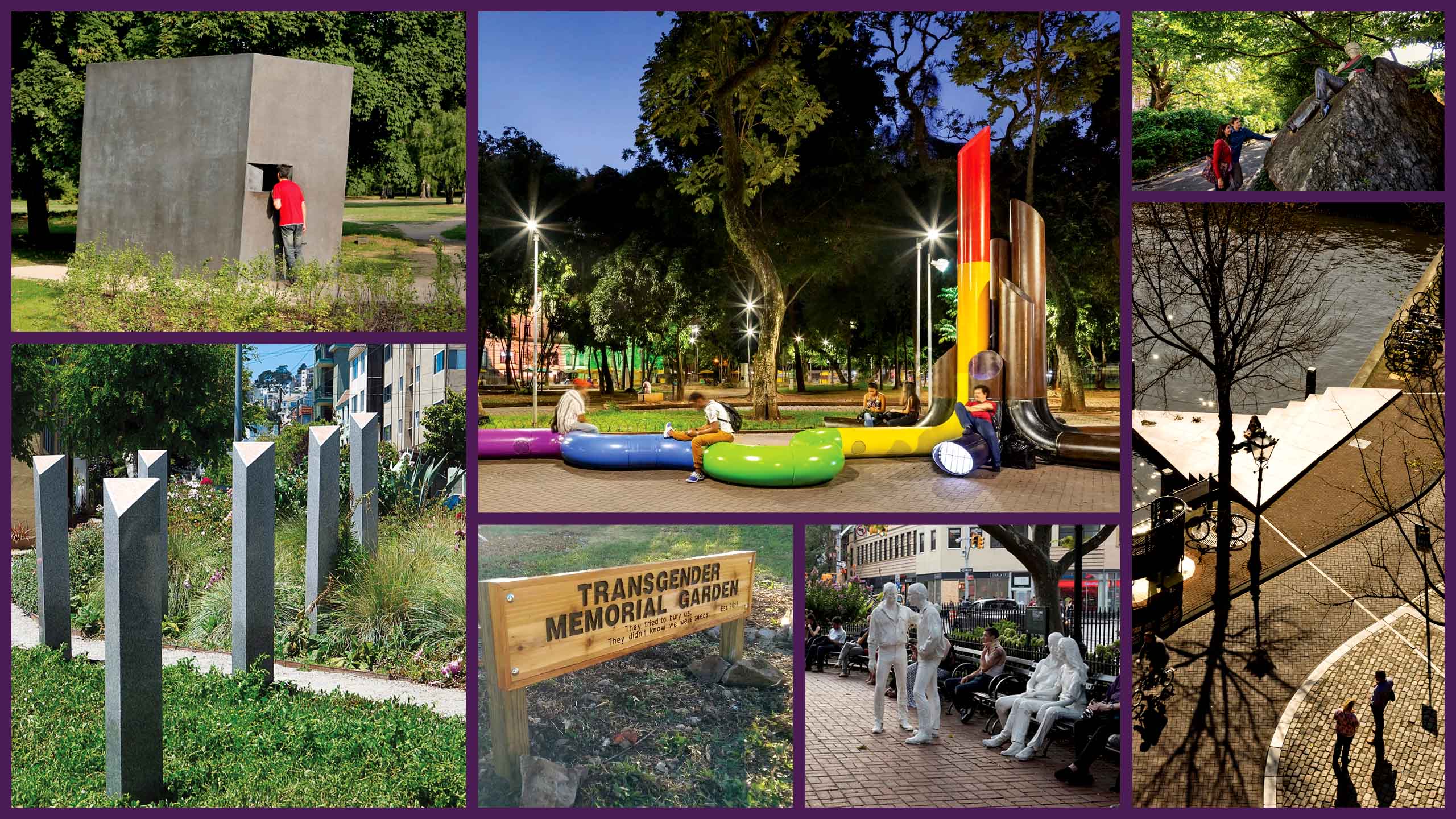

 Why you can trust Xtra
Why you can trust Xtra